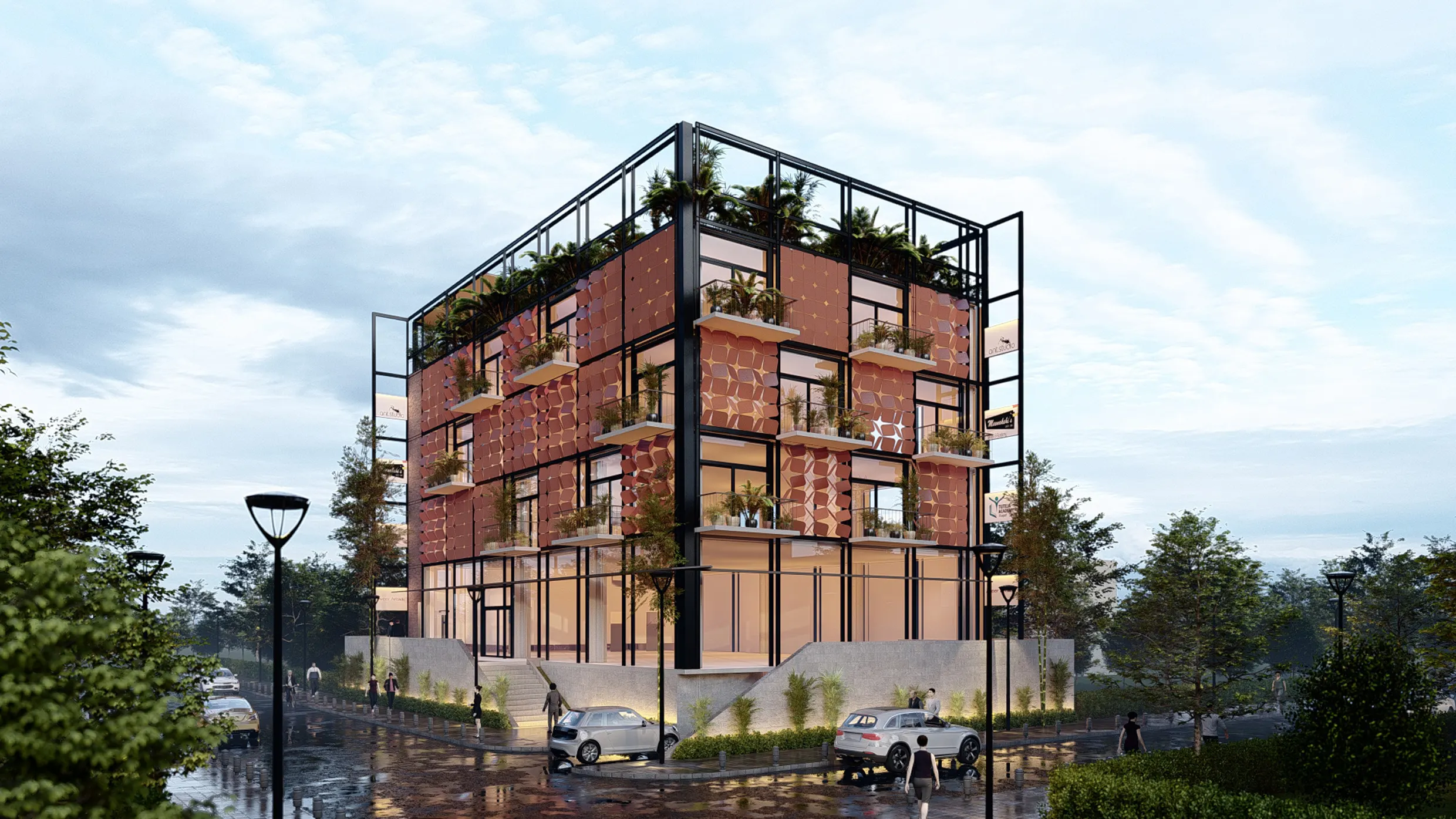
"It's one fundamental problem with modern AC: It's least reliable when demand is highest. Surging power use from air conditioners also adds to emissions, and climate change leads to more heat waves that lead to more AC use, in an escalating feedback loop. Some startups are trying to shrink the power use and carbon footprint of modern air-conditioning. But others are using ancient cooling techniques as inspiration. In India, some architects are turning to a material that's been used for cooling for thousands of years: terra-cotta."
""The idea is inspired by nature, traditional techniques, and modern technology," says Pranjal Maheshwari, an architect at Delhi-based Ant Studio, the design firm that makes a terra-cotta cooling system it calls CoolAnt. Terra-cotta, made from unglazed clay, has a long history of use in hot climates. In India, traditional terra-cotta pots are still used to cool down water without refrigeration: Tiny pores in the terra-cotta let a little bit of water seep to the outside of the pot and evaporate, pulling heat away from the water."
Extreme heat in Delhi led to widespread air-conditioning use and power outages, illustrating that AC systems strain electricity grids during peak demand. Growing AC use increases emissions, and climate change intensifies heat waves, creating a feedback loop. Some designers are reviving traditional evaporative cooling with terra-cotta, a porous, unglazed clay that cools by allowing water to seep and evaporate. A Delhi-based design firm developed CoolAnt, which lets water drip across terra-cotta tiles or pots to evaporatively cool air and can be installed as facades or in window latticework. The system offers shade, ventilation, and multiple custom installations, including industrial and artistic applications.
Read at Fast Company
Unable to calculate read time
Collection
[
|
...
]